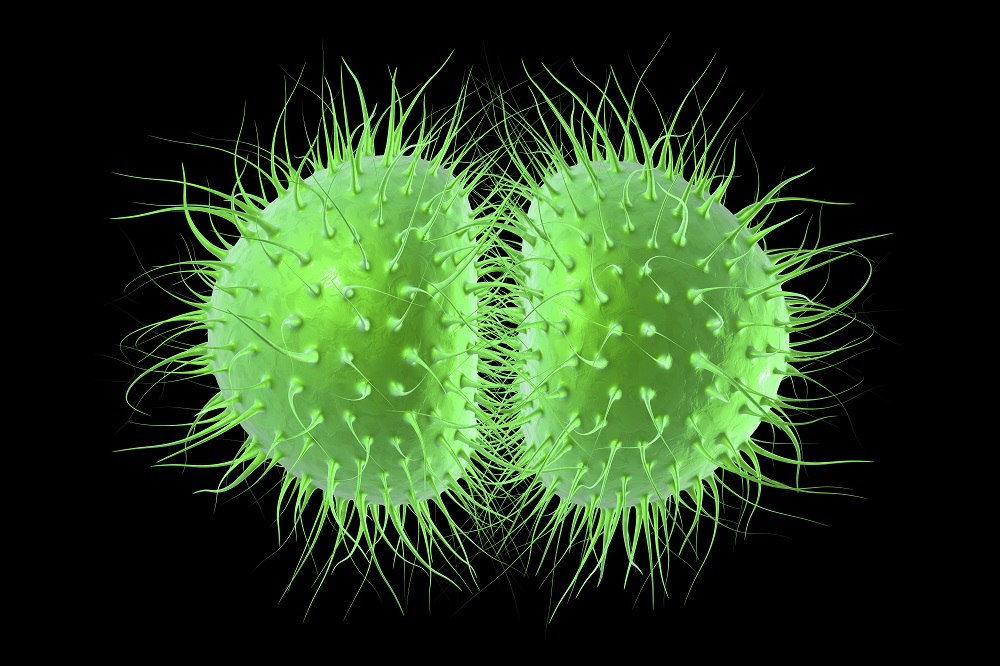

Only then can an infected person feel the pain and discharges associated with most STDs. There are no symptoms in a chlamydia infection, and the bacteria can linger for months before being discovered. If left untreated, it can also lead to serious health problems. There is only a discharge from the penis. While gonorrhea causes pain when urinating, chlamydia does not. It can also lead to septic abortion in pregnant women and can affect the joints and the heart.Īlmost 50% of people infected with gonorrhea are also infected with chlamydia. In women, it can cause pelvic inflammatory disease, septic arthritis in the fingers, wrists, toes, and ankles. If left untreated, it can cause epididymitis, prostatits, and urethritis in men. In men, symptoms include discharges from the penis and a burning sensation when urinating. Symptoms in women include vaginal discharge, lower abdominal pain, and pain during intercourse. It can be transmitted through sexual intercourse, or a mother can transmit it to her child during childbirth. It is also a common disease that has an incubation period of 2 to 30 days. Gonorrhea, on the other hand, is caused by the Neisseria gonorrhoeae bacteria. It causes infections in human genitals and eyes. One difference is that chlamydia is caused by the chlamydia trachomatics bacteria which are found only in humans, and it is one of the most common sexually transmitted diseases. While both chlamydia and gonorrhea are bacterial infections and are sexually transmitted, they have a lot of differences. Parasites, such as crab, louse, and scabies.īacteria, such as chancroid, granuloma inquinale, syphilis, gonorrhea, and chlamydia. Virus, such as those in viral hepatitis ( Hepatitis A,B, D, and E), herpes Simplex, HIV, HPV (causes cervical and penile cancer), and molluscum contagiosum. There are many types of STD that can be caused by several factors like:įungus, such as those in tinea cruris or jock itch and candidiasis or yeast infection.

While he may not acquire the disease, the person he may have transmitted the germs to can be susceptible to it and show symptoms of STD.

It is transmitted in humans through human sexual behavior, IV needles, breastfeeding, and childbirth.Īn infected person may or may not manifest signs of infection but can carry the virus, bacteria, or parasite and can transmit these germs to others. Sexually Transmitted Disease (STD) or Venereal Disease (VD), also known as Sexually Transmitted Infection (STI), has been around for hundreds of years.


 0 kommentar(er)
0 kommentar(er)
